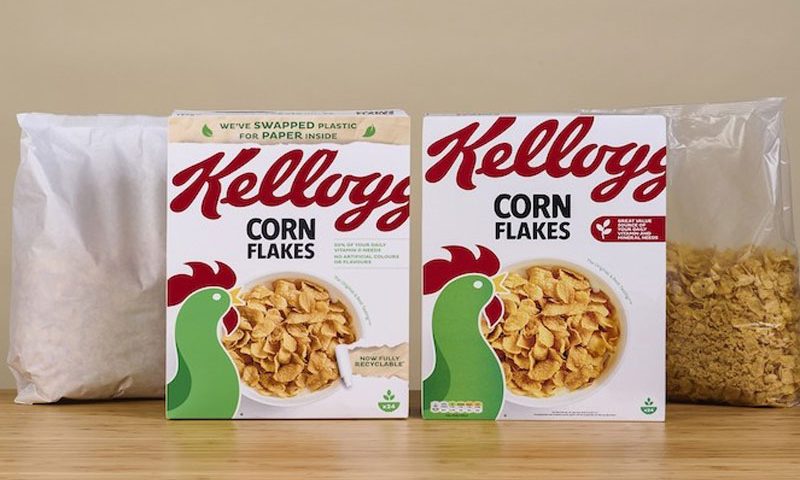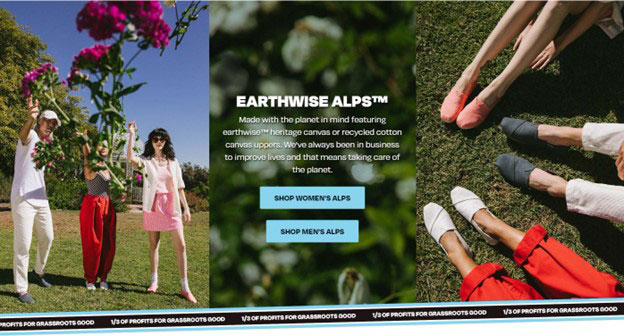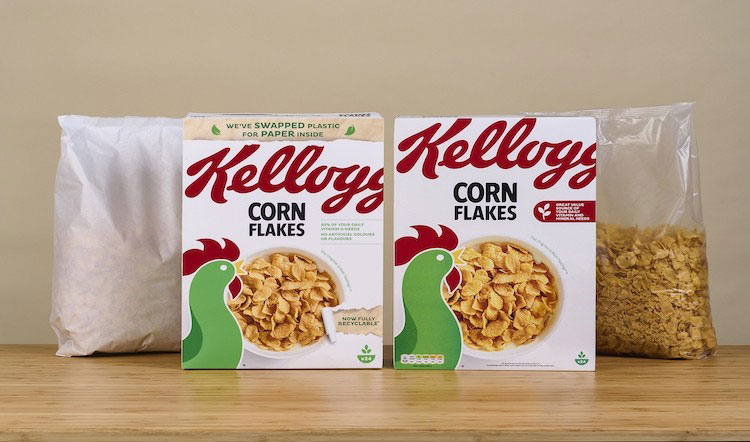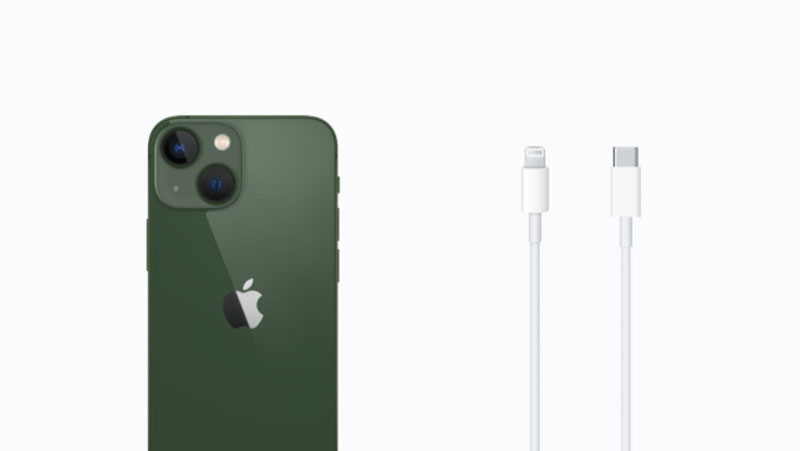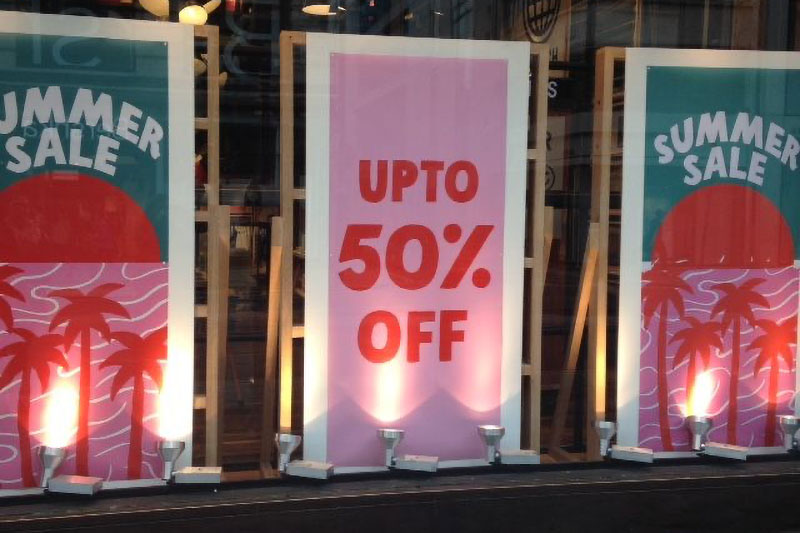Sustainability is no longer just a hot topic, it’s become an essential part of doing business. While there are numerous startups and local brands across the globe that put sustainability at the core of their business model, only big brands can make a telling difference to societies and the natural environment when they change their practices for the better.
Here are 4 familiar names that are doing commendable work in not only reducing their negative impact on the environment, but also helping shoppers do so through their products.
TOMS
It’s not often that for-profit companies built upon the core principle of charity can grow to become a household name across the globe. TOMS is a fine exception.
Witnessing the plight of children without shoes in Argentina in 2006, founder Blake Mycoskie decided to set up a business that gave a fresh pair of shoes to a child in need every time someone decides to buy a pair from the business.
It’s easy to imagine that TOMS would be founded by a guy named Tom, but the company’s name is actually a catchy offshoot of a more visionary name: “Tomorrow’s Shoes”.
A signature footwear style that is eco-conscious (Source: TOMS)
Now the company has grown their charitable core to meet more diverse needs, from funding grassroots efforts to provide mental health resources to using sustainable materials to produce its footwear. These initiatives are placed at the front and center of all their communications.
IKEA
As the go-to furniture store across most of the developed world, how sustainable is IKEA? Turns out they want to be as planet-saving as they are space-saving.
The Swedish monolith communicates a fair bit about how much they’re doing to protect the planet – from strict compliance with standards against illegal deforestation to using renewable materials from their own products to sourcing from suppliers that treat people and animals with respect.
85% of the ISTAD resealable bag is made from renewable sources (Source: IKEA)
In the US, IKEA is also making sure that its products don’t go to waste through its Buy Back & Resell initiative. Those looking to retire their perfectly usable IKEA furniture can sell them back to IKEA, who will find a new home for the furniture.
Kellogg’s
It was just a couple of years ago that Kellogg’s was named one of the 10 most sustainable food & agriculture companies in the world.
At that point, 76% of their packaging worldwide was made of recyclable materials. They had also met their target of reducing greenhouse emissions by over 28%, meeting their target a year early. And yeah, they’re one of the companies making significant strides in ending world hunger.
Using paper instead of plastic inside (Source: Food Manufacture UK)
It’s only been onward and forward for them since. While partnerships have been key in helping the brand adopt bigger and better sustainability practices, they’ve also done plenty of work in-house for their signature products.
For instance, they’ve shrunk their packaging size while offering the same product weight, and have launched packaging that replaces the plastic cereal bag with recyclable paper liners to be completely plastic-free.
Apple
For a brand that prides itself in high quality packaging that customers keep as memento, Apple may need to work harder than other companies to make their products sustainable. Besides, aren’t smartphone brands like them notorious for planned obsolescence and upselling customers on countless accessories and peripherals?
No charging adapter, no earphones (Source: Apple)
Interestingly, the tide has been shifting at Apple Park, as the latest iPhone 13 lineup features 100% recycled rare earth elements. They have also committed to being fully plastic-free by 2025 and have started by omitting the outer plastic wrap from its packaging.
The most notable step they’ve taken is to ship their new phones without charging adapters and earphones. Customers say it’s a blatant attempt to rip them off, while company PR claims it’s for the greater good. Either way, more money is made while the environment suffers less.
The bigger the brand, the better the effort
Due to the sheer number of people who buy their products and engage with their services, big brands wield great power when it comes to helping the environment. By making products that are eco-friendly cheaper, demand for such products increase and they’re no longer seen as inaccessible.
Meanwhile, it becomes easier for shoppers to participate in sustainable practices. Rich or poor, everyone can take part simply by buying from these big brands. This, in turn, reduces waste and can effect real change on the environmental front.
Which brands in or beyond the list above have impressed you most with their eco initiatives?

